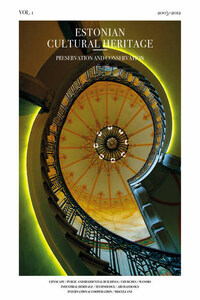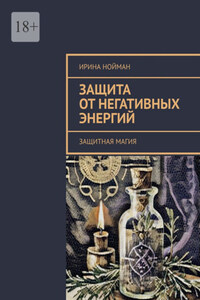Kalev Uustalu
Overview of the organisation of heritage conservation in Estonia
In 2013, the National Heritage Board celebrates its 20th anniversary. The current organisation of heritage conservation in Estonia is in many aspects very similar to the practice followed in other European countries, but there are also some differences. In 1993, when the drafting of the Heritage Conservation Act of the newly independent Estonia was started the organisation of heritage conservation of Nordic countries was followed as an example, on the other hand the current state of cultural heritage in Estonia and the existing experience in dealing with it was taken into account. Compared with the Act adopted in 1994 the Heritage Conservation Act of 2002 and the Heritage Conservation Act Amendment Act adopted in 2011 established substantial changes to the organisation of heritage conservation.
Today, monuments and heritage conservation areas are under the supervision of the National Heritage Board acting under the administration of the Ministry of Culture. The Board has representations in all 15 counties of Estonia. The main function of the Board is to organise heritage conservation work, to exercise state supervision over monuments and heritage conservation areas, to maintain the national register of cultural monuments and to deal with issues related to transport, export and import of cultural objects.
In addition to the above mentioned tasks several expert panels and committees are established within the Board to offer professional advice in complex situations. Each expert panel and committee consists of specialists in specific fields related to heritage. There are a total of five panels of experts specialising in architectural monuments, archaeological monuments, historical natural sanctuaries, landscape architecture and artistic monuments plus an expert committee on musical instruments.
According to law local governments (either rural municipalities or city governments) may perform duties of heritage conservation in addition to the National Heritage Board. In order to do that a relevant agreement must be concluded between the National Heritage Board and the relevant local government. Currently there are five local governments in Estonia – Haapsalu, Narva, Pärnu, Tallinn and Tartu – performing heritage conservation duties on the basis of such agreements.
The term “monument” that is used frequently in the context of heritage protection means an object with a high historic or cultural value. A monument is a movable or immovable or a part thereof, a body of things or an integral group of structures under state protection which is of historical, archaeological, ethnographic, urban developmental, architectural, artistic or scientific value or of value in terms of religious history or of other cultural value. Monuments can be classified as archaeological, architectural, artistic, technical, industrial and historical. The National Heritage Board is focused mainly on immovable monuments. The following objects are considered to be immovable monuments: the sites of prehistoric, medieval and modern settlements, fortresses, refuges, places of worship, burial grounds, ancient fields, roads, bridges, harbour sites, underwater structures and sites related to early industry. This list also includes civil, industrial, defence and ecclesiastical buildings, and their ensembles and complexes, which have artistic value or value in terms of cultural history, as well as structures reflecting the development of science, technology and production, works of monumental art, structures, memorials, cemeteries and natural features of historical value. Currently there are a total of 26,578 monuments, including 5,253 architectural monuments, 6,622 archaeological monuments, 1,264 historical monuments and 13,516 artistic monuments.
In order to ensure the observability of an immovable monument and heritage conservation area, including the preservation of long-distance views and visibility of silhouette, and the preservation of constructional elements of cultural value of the surrounding area in the context of space a buffer zone is established around them.
The National Heritage Board can place objects of cultural value under temporary protection in order to determine the need to designate the things as monuments. An object may be placed under temporary protection for up to six months after which a decision is made whether the object shall be placed under permanent protection or not. The designation of an object as a monument and the revocation of its designation as a monument is a long process which includes negotiations with the owner of the object, the local government of the location of the object and assessment evaluations by experts. The Minister of Culture makes the decision as whether to designate the object as a monument or not on the basis of the outcome of such negotiations and taking into account the assessments compiled by experts and a proposal from the Heritage Conservation Advisory Panel acting under the Ministry of Culture.








